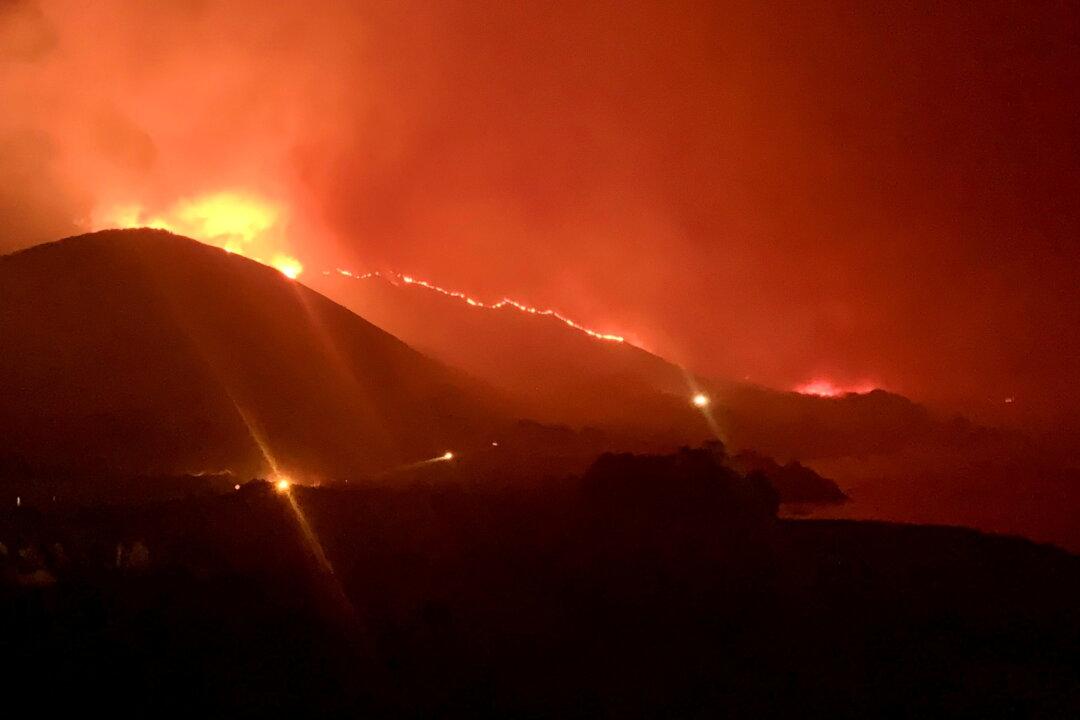A new report vividly illustrates how bureaucracy and litigation slow down prescribed burns and mechanical treatments of wildfire-prone lands by the U.S. Forest Service, with one fire management category taking an average of more than seven years to actually start following project initiation.
Recent years have seen some of the biggest wildfires in the documented history of the western United States.





